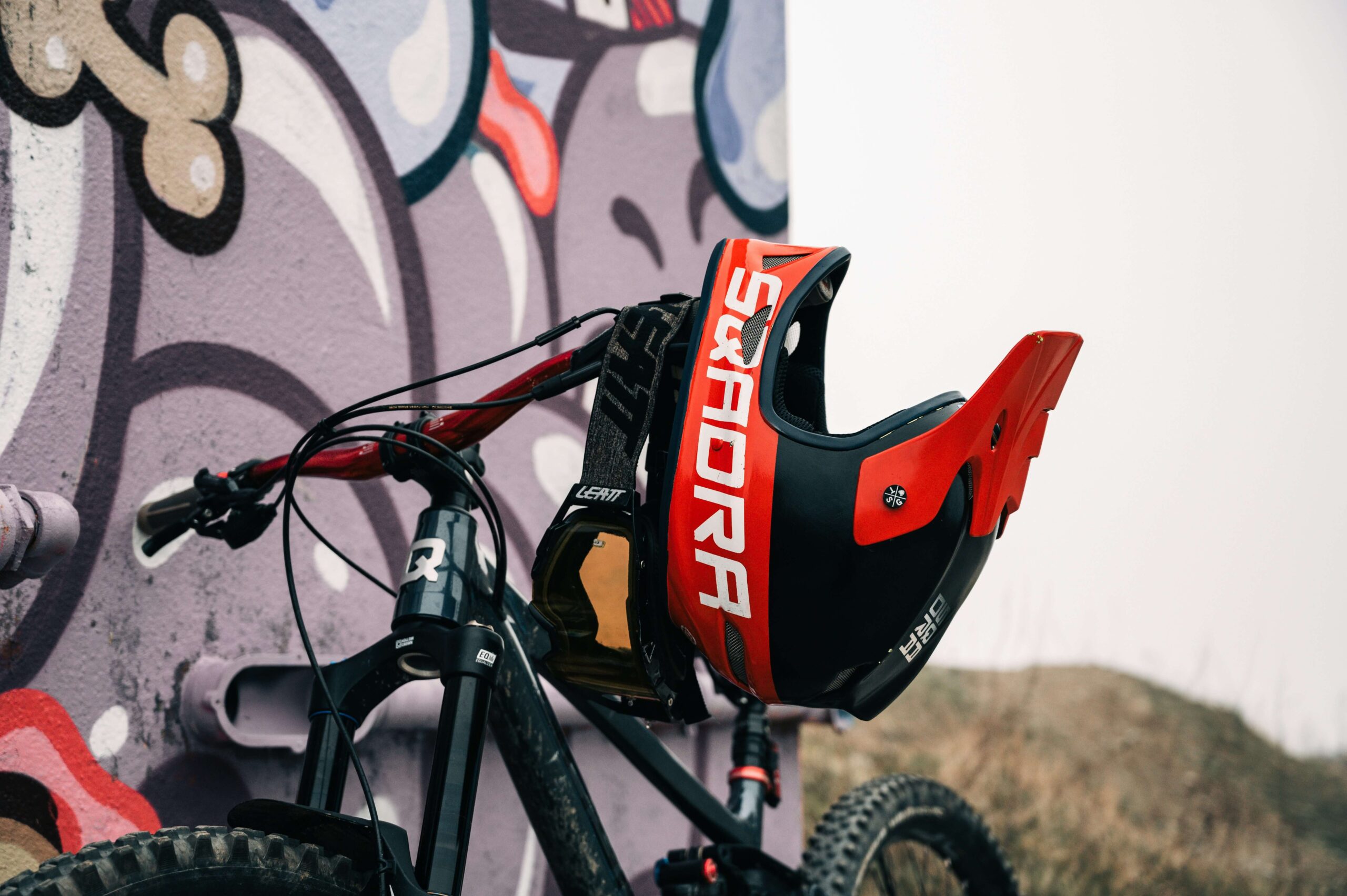In the dynamic world of mountain biking, where trails can vary from gentle slopes to adrenaline-pumping downhills, having adaptable gear is key. Enter the convertible mountain bike helmet: a two-in-one solution offering the perfect blend of versatility and protection. The 2024 lineup introduces some of the most innovative convertible helmets yet, designed to cater to the diverse needs of riders. Let’s explore the features, benefits, and standout models of this year’s convertible helmets.
Embracing the Convertible Helmet
The Rise of Convertible Helmets
Convertible helmets have gained popularity for their ability to switch between full-face protection for downhill runs and an open-face configuration for less technical trails. This adaptability makes them a favorite among riders who enjoy a variety of mountain biking disciplines.
Key Features to Look For
When shopping for a convertible helmet, consider:
- Ease of Conversion: Look for helmets with a straightforward mechanism to detach and reattach the chin bar.
- Weight: Even with full-face protection, the best convertible helmets maintain a lightweight design for comfort.
- Ventilation: Adequate venting is crucial in both configurations to ensure airflow and comfort.
Top Convertible Helmets of 2024
Model 1: The Trailblazer XT
- Pros: Innovative magnetic chin bar removal system; superior ventilation; MIPS technology for rotational impact protection.
- Cons: Premium pricing; slightly bulkier in open-face mode.
- Safety Rating: 9.5/10
Model 2: The EnduroMaster Pro
- Pros: Exceptionally lightweight; extensive rear head coverage; includes an integrated camera mount.
- Cons: Chin bar removal requires more steps; limited color options.
- Safety Rating: 9/10
Model 3: The VersaRide Flex
- Pros: Budget-friendly; robust construction; comfortable padding for long rides.
- Cons: Heavier than some competitors; ventilation could be improved in full-face mode.
- Safety Rating: 8.5/10
Choosing the Right Convertible Helmet
Factors to Consider
- Trail Type: Assess the types of trails you frequent. If you lean towards aggressive downhill, prioritize full-face protection features.
- Climate: In warmer climates, opt for a helmet with superior ventilation to keep cool.
- Fit and Comfort: Ensure the helmet fits snugly in both configurations without pressure points.
Caring for Your Convertible Helmet
To maximize the lifespan of your helmet:
- Regular Inspection: Check the chin bar mechanism and helmet integrity before each ride.
- Cleaning: Use mild soap and water for cleaning; avoid harsh chemicals that can degrade helmet materials.
Convertible mountain bike helmets offer an unparalleled mix of flexibility and protection, making them a wise investment for riders who cherish versatility on the trails. With the 2024 options pushing the boundaries of innovation, finding a helmet that meets your specific needs and riding style is easier than ever. Remember, the right helmet not only keeps you safe but also enhances your mountain biking experience, so choose wisely and hit the trails with confidence.
Related Questions
Can I use a convertible helmet for road biking?
While you could, convertible helmets are bulkier and might not offer the aerodynamics or lightness preferred for road cycling.
How often should I replace my convertible helmet?
Follow the general guideline of replacing your helmet every 3-5 years or immediately after a significant impact.
Are convertible helmets as safe as regular full-face helmets?
Modern convertible helmets are designed to meet high safety standards, but ensure the model you choose is certified and has a reliable chin bar locking mechanism.





